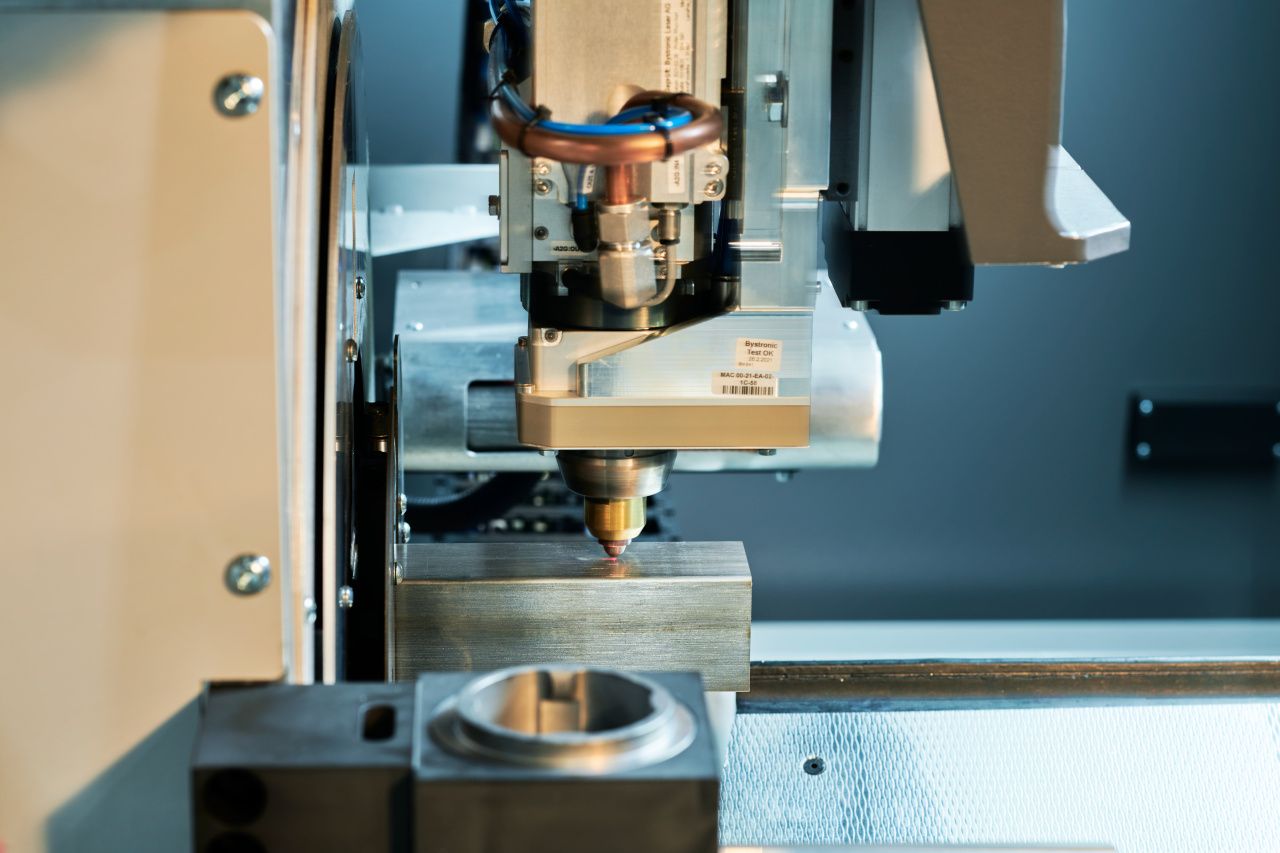
Blog Creating Opportunities with Tube Laser Processing
As a job shop, you never want to turn down work if you can help it. You never know when a job for a new customer could lead to other opportunities in the future.
While most shops can process flat sheet metal through their equipment, fewer can process flat and non-flat materials such as round and square tubing. The ability to process tube profiles can represent that future opportunity. Whether the opportunity presents itself through current customers or by branching out to new customers, you will undoubtedly have expanded your manufacturing flexibility and competitiveness. Having capabilities that your competitors do not eliminates price competition. They won’t bid on a job they can’t produce.
Eliminating Manual Processes
If you are a job shop that processes tube parts manually with saws, drills, and coping tools, utilizing tube laser cutting equipment is a must. The tube bundle is loaded into the machine, and the tube lengths are automatically loaded individually. Part profiles are cut with accuracy and unloaded automatically. All of these operations are completed on a single machine without having to move the tube bundles from machine to machine. Cut accuracy and repeatability is vastly improved. Secondary deburring operations are not required.
Automating the Tube Process
Today’s tube laser cutting machines load tubes from a large bundle, cut the individual parts nested within the tube length, and automatically unload the cut parts. Intelligent cameras and laser measuring systems work together to control variability in the tube while processing. A weld seam camera automatically detects the weld seam and orients the program accordingly. This is especially important in tube operations where the location of the weld seam is critical.
Tubing is notoriously not straight over the entire length of the tube. For this reason, it is important to cut features while they are close to the guiding chuck. A laser scan feature allows real-time compensation of the natural twisting and bending of the tube profile. Before each cut, the laser quickly scans the sides of the tube to detect offset and twist and adjusts for the centerline of the tube automatically. These cut features are accurately positioned relative to the tube.
Opportunities for Growth
There are many new opportunities in the construction industry: Structural tubing is being used for commercially engineered roof framing support systems where vertical support columns are being reduced or eliminated. Examples can be found in buildings being erected at airports, sports arenas, hospitals, and college campuses. Opportunities also exist in aerospace and defense, oil and gas, and transportation industries (e.g., commercial boom trucks and crane frames), to name just a few).
Becoming that Preferred ‘Single Source’ Supplier
When sourcing suppliers, companies are not only looking at price and delivery but also for simplification of their supply chain. Purchasing your products from a single source rather than multiple sources makes the process more convenient.
- When you produce products no one else can produce, you can name your price.
- When you can produce products faster and more economically, you can outbid your competition.
- When you can do both, you are making a compelling and attractive argument for becoming that preferred ‘single source’ supplier.
- You will also create competitive differentiation in the process.